Timepieces have a slew of definitive details — Starting with the case’s profile and size, the movement inside, the dial’s hue, all the way to intricacies like the style of indexes and hands or crown engravings. However, all of these are strung into elegance by a bracelet, and it’s almost a cardinal sin if it doesn’t fit you right. No matter how long a waitlist it had, rare or mechanically exquisite, the fitting of your watch bracelet is a make-or-break deal. Furthermore, it makes it susceptible to hard knicks and knocks to the case and scratches to the crystal — turning a loose fit into a costly loss. On the other hand, an over-sluggishly fitted bracelet can be tormenting to the skin and restrict blood circulation to your wrist.
So, how loose or tight should a watch bracelet be? And how do you correctly size it? Here’s a guide.
How Tight or Loose Should Your Watch Bracelet Be?
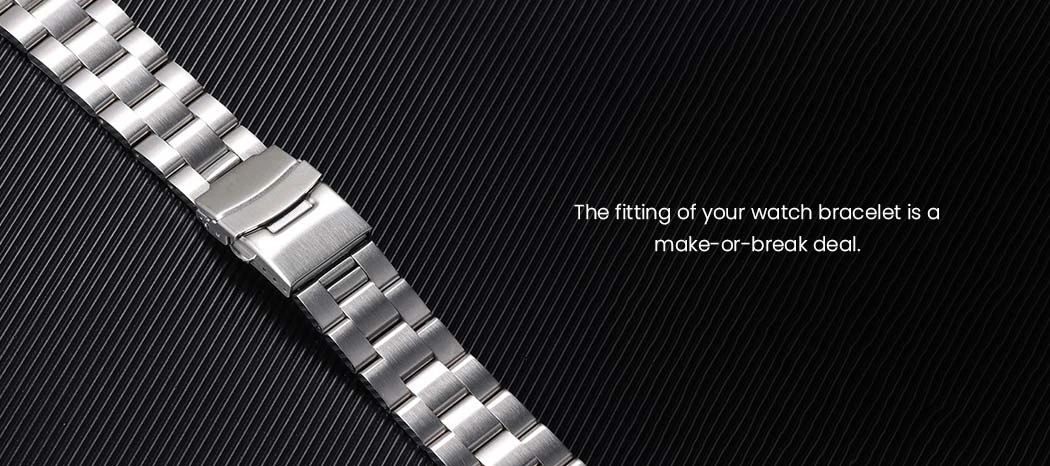
Much like case, index, and crown size, the fitting of your watch bracelet is also largely debated in watch circles, being subject to personal preference. While some prefer a slacker fit, others don’t. Moreover, with no ‘one for all’ size in watches, factors like unique wrist bone structures, case shape and lug sizes also come into play.
As per horology textbooks, there’s no such thing as a ‘perfect’ fit. However, I believe there are two details a wearer must look out for: comfort and security. Your timepiece must be tight enough to stay in place, with some room to move around and your wrist to breathe. This can be determined by a simple test — When fastened, your timepiece bracelet must be loose enough to allow your index finger to slip through but not to the extent that it’s free to move around.
Where Must Your Watch Sit on Your Wrist?
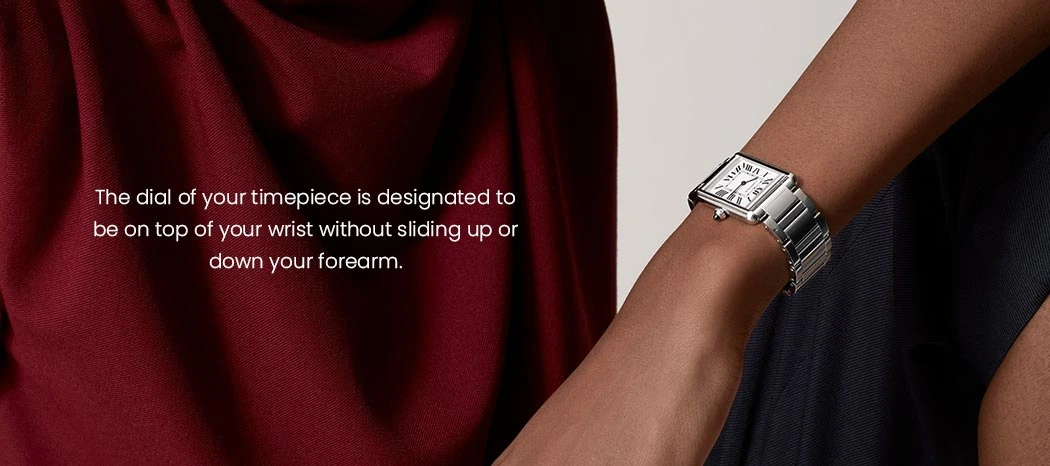
The dial of your timepiece is designated to be on top of your wrist without sliding up or down your forearm. If it does, something’s not right, and you must consider resizing your bracelet for it to properly and ergonomically wrap around your wrist. Commonly, wearers prefer their watch case touching the tip of the ulna (the bone protrusion on your wrist), anything beyond that is uncomfortable. Also, a rule of thumb is that the lugs of your case mustn’t extend over the width of your wrist. Lugs are tiny parts which stick out from the upper and lower ends of the case, used for anchoring the strap or bracelet.
Understand The Size of Your Wrist

The best way to determine the precise measurement of your wrist is by skipping the guesswork and leaving it to the pros. Visit one of Kapoor Watch Company’s boutiques, measure your wrist, and receive a professional recommendation on which timepiece suits your wrist best.
If you’d like a DIY approach, there are a few nifty options. The most straightforward is using a soft tape measure. Keep your palm open, wrap this around your wrist, pull to a comfortable tension, and record the measurement. No tape measure around? Use a piece of string and do the same. Mark the overlap and measure the length.
There are, of course, a few things to consider:
- Your wrist will be slightly larger when your palm is open as the bones adjust with movement.
- The watch strap/bracelet’s material and properties may need it to be measured differently.
- Metal bracelets could require sizing about half an inch over your wrist size. Metal bands tend to be worn slightly loosely to prevent them from pinching the skin underneath.
- Leather or rubber straps shouldn’t stick to your skin, as perspiration can stain the fabric. Add about three-quarters of an inch to your wrist size.
- When it comes to NATO straps, add a full inch. Being slim, this accommodates the raised watch face and extra strap fabric.
- Even after self-measuring and purchasing a timepiece, and it doesn’t fit. You can have it resized. While you can do it at home, I’d always advise luxury watch owners to visit our store and have it professionally attended to. With special tools, this process can be done easily, more efficiently, and with minimal risk of damage.
How to Resize Your Metal Bracelet
Let’s get you ready with the right tools for the act: Soft jewellery/nylon hammer, screwdriver, tweezers, bracket vice, push pins, and a stable and clean surface.
You begin by counting the number of links on the bracelet and how many you intend to remove based on your wrist measurement. Once identified, place your timepiece’s strap on the vice (wooden for precious gold cases and plastic for stainless steel cases). Use a push pin to remove the pins holding the links in place, then detach the clasp. If the pins are stubborn, use the jewellery hammer and gently tap them out.
Once the required links are removed, detach the clasp from the separated section and reattach it to the resized band. Ensuring the alignment is correct, insert the pin back into place and secure it. After making the adjustment, reattach the clasp and try on the watch to see if it fits as desired. Remember, it must be snug enough to stay in place yet loose enough to allow some wrist movement without constriction. If additional adjustments are necessary, repeat the process or seek professional assistance.


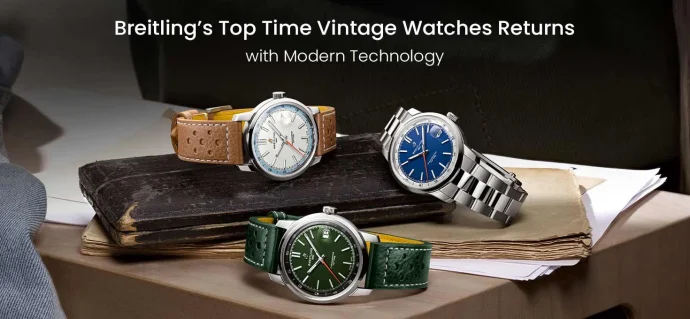
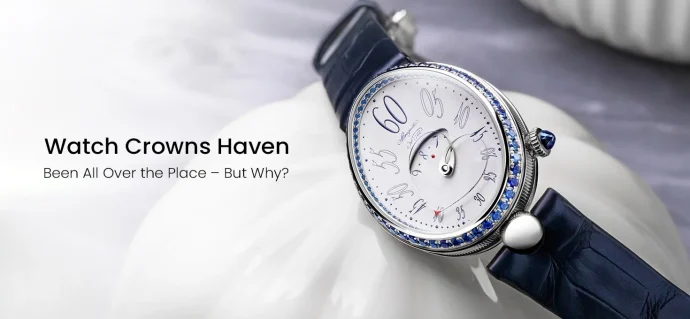
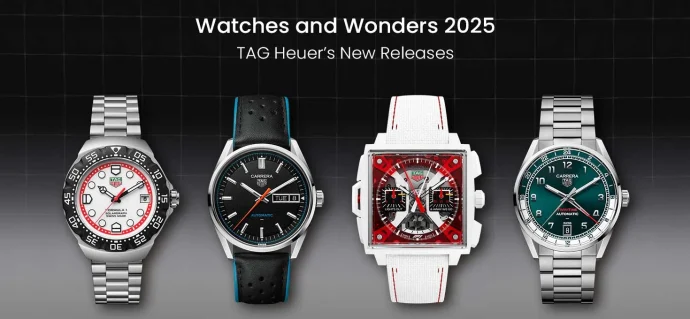
Recent Posts
Recent Comments
Archives